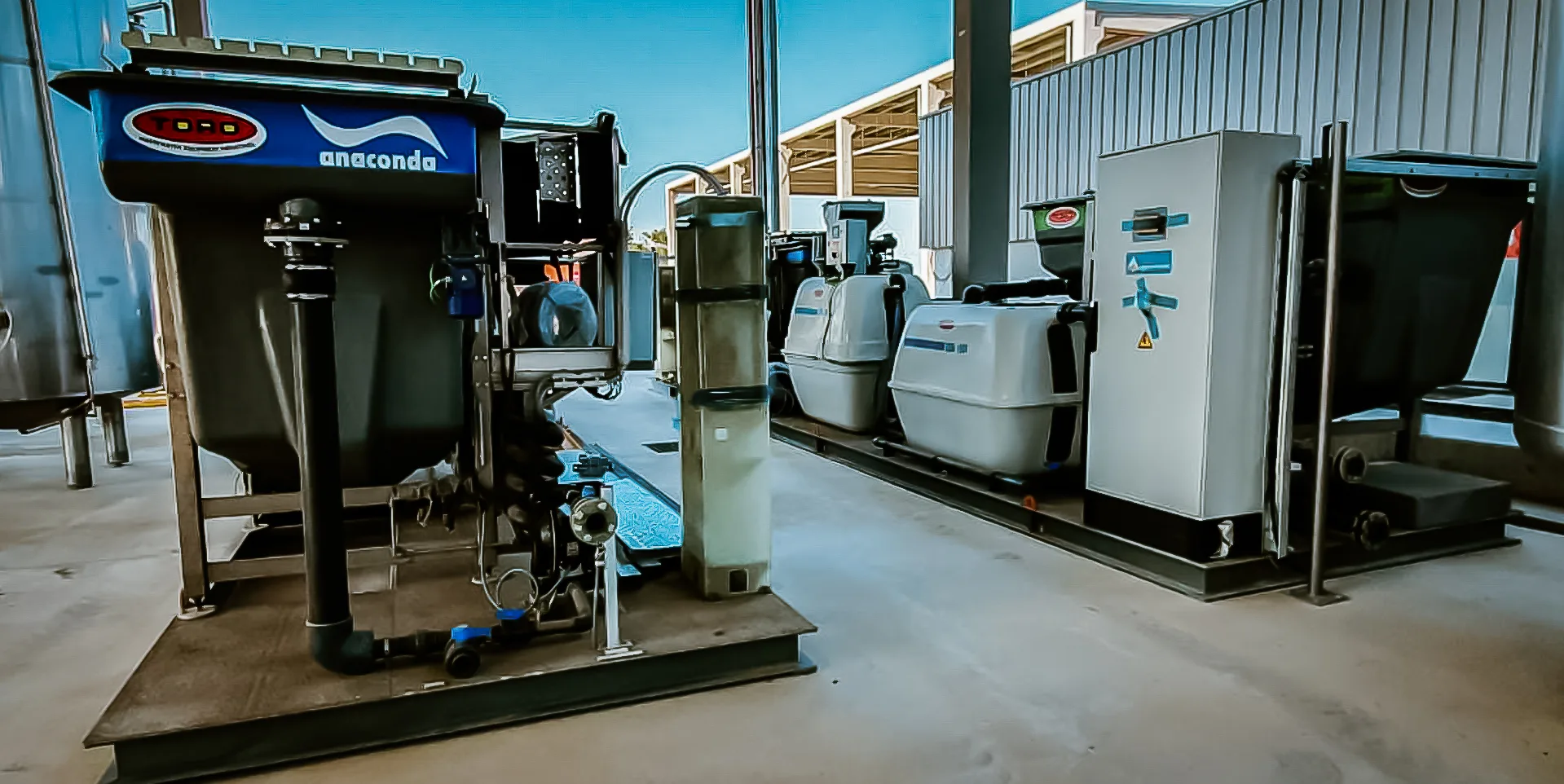

Pfas removal from water. PFAS (Per- and polyfluoroalkyl substances) are a group of man-made chemicals that have been widely used in various industrial and consumer products for decades. These chemicals have been found to be harmful to human health and the environment, leading to a growing concern over PFAS contamination in water sources. Has become a critical issue in recent years, as these persistent chemicals can accumulate in the environment and pose serious health risks. There are several methods available for it, including activated carbon filtration, ion exchange, and membrane filtration. Activated carbon filtration is one of the most commonly used methods for removing PFAS from water. This process involves passing water through a bed of activated carbon, which adsorbs the PFAS molecules and removes them from the water. Ion exchange is another effective method for PFAS removal from water. In this process, PFAS molecules are exchanged for other ions in the water, effectively removing them from the water. Membrane filtration is also a popular method for PFAS removal, where water is passed through a membrane that selectively removes PFAS molecules based on their size and charge. Additionally, advanced oxidation processes, such as ozonation and UV treatment, have shown promise in breaking down PFAS molecules in water. It is important to note that no single method is effective in completely removing all PFAS compounds from water, and a combination of different treatment methods may be necessary for thorough PFAS removal. In addition to treatment methods, source control and prevention are also important aspects of managing PFAS contamination in water. This includes identifying potential sources of PFAS contamination and implementing measures to prevent further contamination of water sources. Overall, is a complex and challenging process, but with the right combination of treatment methods and prevention strategies, it is possible to effectively manage and reduce PFAS contamination in water sources.